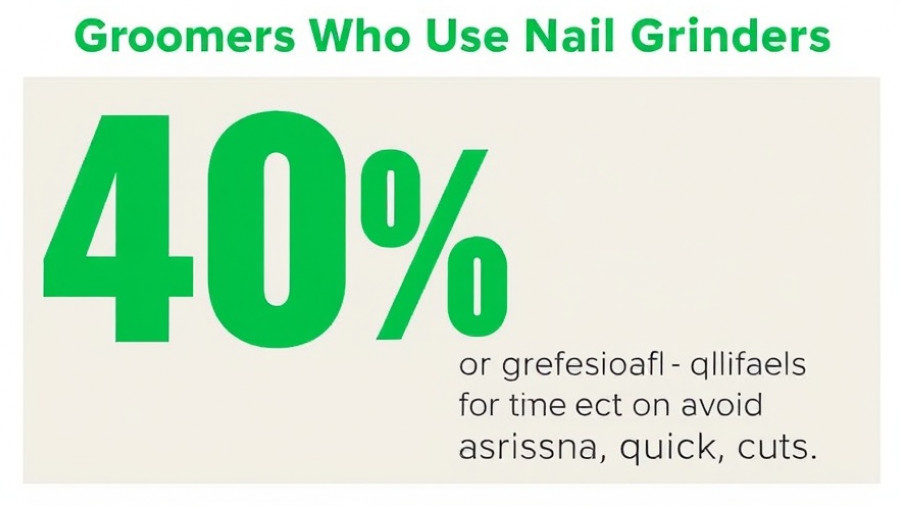
Mastering Fire Safety: A Key Responsibility for Dog Owners
For many pet owners, the thought of a house fire is one of the most terrifying scenarios imaginable. Sadly, statistics reveal that house fires impact over 500,000 pets each year, resulting in significant loss of life. With pet safety in mind, it is crucial to train your dog in fire safety routines that may mean the difference between life and death during a crisis. In this article, we explore essential commands and strategies to ensure your furry companion knows how to act when the alarms sound.
Emergency Recall: A Training Essential
The common command 'come' often fails when your dog is stressed or scared, especially during a fire. Instead, training your dog using a whistle is more effective because dogs can hear high-pitched sounds over the chaos of a fire. Implement this training by using three short blasts of your whistle, rewarding your dog with treats for responding. Regular practice, even among distractions, will reinforce the behavior, building muscle memory necessary for high-stress situations.
Exiting Safely: Teaching the Exit Command
Another vital command is the exit command, which directs dogs to the closest exit during emergencies. Users should establish a simple and specific term—such as “exit” or “out”—and pair it with a visual cue toward the door. Practicing this strategy with your dog will promote safety, especially if the primary exits become blocked. Apply the technique consistently in various locations to create familiarity and ensure your dog can follow the command regardless of the situation.
Stop and Stay: Commands Under Pressure
Instilling the 'stop' command will help prevent your dog from bolting towards fire or dangerous situations. Use a commanding yet reassuring tone during high-energy play to condition your dog to respond properly. The 'stay' command is equally important, preventing dogs from instinctively returning to familiar spots, which may be unsafe during a blaze. These commands are essential when every second counts in an emergency evacuation.
Building a Successful Fire Escape Plan
Beyond training, it’s essential to devise practical fire escape plans. Map out exit routes for every room your dog frequents, ensuring to time these routes under normal conditions. Testing each pathway with your dog will solidify the practice, leading to competent escape behavior during a real fire. Consider implementing regular fire drills to maintain an effective and familiar routine.
Enhancing Fire Safety in Your Home
While training your dog is pivotal, optimizing your living space for fire prevention is equally crucial. Ensure your home has functioning smoke detectors and fire extinguishers on every level. Avoid clutter and replace frayed wires that may pose risks. Place flammable items out of reach and create a pet evacuation kit to streamline emergency response. Additionally, display a pet alert sticker on windows, informing firefighters of your pets’ presence—ensuring they are accounted for should a disaster strike.
The Emotional Impact of Fire Safety
Preparing your dog for fire safety is not only about the physical aspects but also prioritizes their emotional well-being. Dogs are attuned to their owners' feelings; therefore, maintaining a calm demeanor during training can instill confidence. The comfort and love that they receive while learning can lessen their anxiety during emergencies, ensuring a smoother evacuation process.
Common Misconceptions About Fire Safety and Pets
Many pet owners falsely believe that their dogs will instinctively know how to escape a house fire. While some dogs may have survival instincts, relying wholly on that belief without training can have dire consequences. Understanding the importance of a structured training regimen—coupled with fire safety awareness—substantiates effective preparation for inevitable emergencies.
Equipped with the right commands and an actionable plan, every pet owner can elevate fire safety in their homes. Don’t wait until it’s too late; get started on training your dog today to help safeguard your family’s furriest members.
 Add Row
Add Row  Add
Add 




Write A Comment